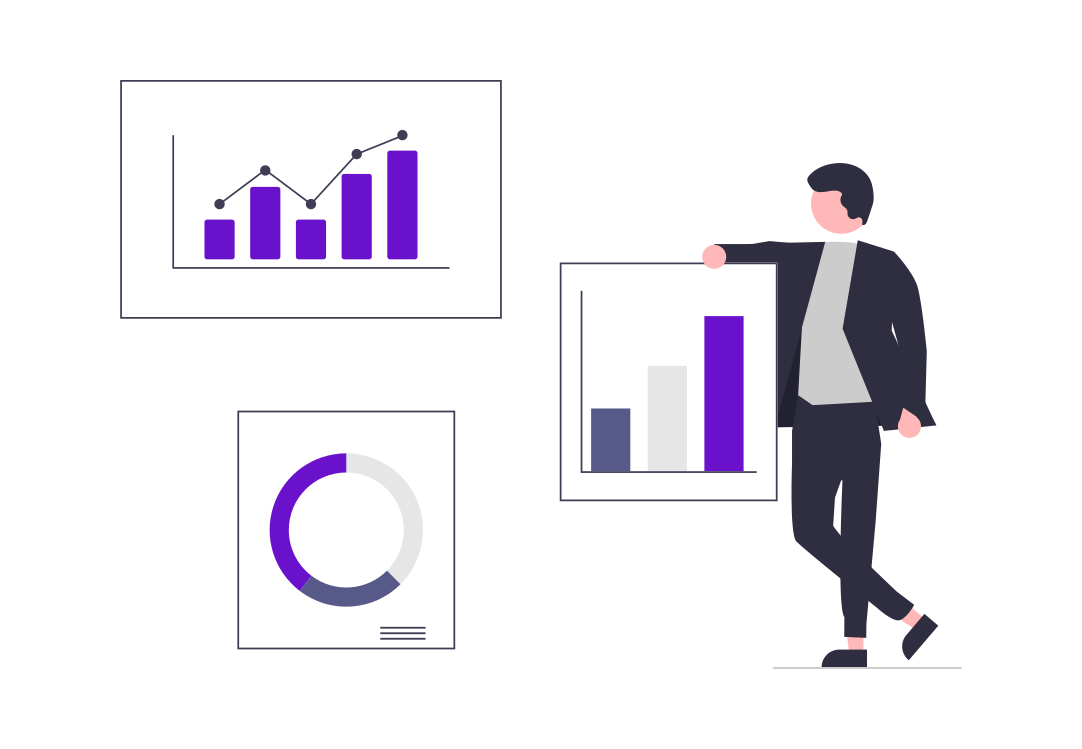Behavioral segmentation has become a cornerstone of modern marketing, allowing businesses to tailor their strategies based on how customers interact with their products and services. As technology advances and consumer behaviors evolve, the landscape of behavioral segmentation is poised for significant transformation. This blog delves into the emerging trends and innovations shaping the future of behavioral segmentation, helping marketers stay ahead in an increasingly competitive market.
1. AI and Machine Learning Integration
Artificial intelligence (AI) and machine learning (ML) are revolutionizing behavioral segmentation by enabling more precise and dynamic analysis of customer data. These technologies can process vast amounts of information in real-time, identifying patterns and predicting future behaviors with unprecedented accuracy. The integration of AI and ML allows for the continuous refinement of segments, ensuring that marketing strategies remain relevant and effective.
Dynamic Segmentation
AI-powered dynamic segmentation allows for the automatic updating of customer segments based on the latest data. This means marketers can respond more quickly to changes in customer behavior, enhancing the personalization and effectiveness of their campaigns.
Predictive Analytics
Predictive analytics uses AI and ML to forecast future customer behaviors. By understanding likely future actions, businesses can proactively tailor their marketing efforts to meet customer needs, increasing engagement and conversion rates.
2. Real-Time Data Processing
The ability to process data in real-time is becoming increasingly crucial for effective behavioral segmentation. Real-time data processing enables marketers to capture and analyze customer interactions as they happen, allowing for immediate adjustments to marketing strategies.
Instant Personalization
Real-time data processing facilitates instant personalization of marketing messages. For instance, if a customer browses a specific product category, marketers can immediately display targeted ads or send personalized emails, increasing the chances of conversion.
Adaptive Campaigns
Campaigns can adapt in real-time based on customer behavior. This flexibility ensures that marketing efforts are always aligned with the current interests and needs of the audience, maximizing relevance and impact.
3. Enhanced Customer Journey Mapping
Understanding the customer journey is essential for effective behavioral segmentation. Innovations in journey mapping tools are providing deeper insights into how customers interact with brands across various touchpoints.
Comprehensive Journey Analytics
Advanced journey analytics tools offer a holistic view of the customer journey, highlighting key touchpoints and identifying potential bottlenecks. This comprehensive understanding enables marketers to optimize every stage of the journey for better engagement and satisfaction.
Cross-Channel Integration
Integration across multiple channels ensures a seamless customer experience. By analyzing behavior across websites, social media, email, and in-store interactions, businesses can create cohesive and personalized experiences that drive loyalty and retention.
4. Privacy-First Segmentation
As data privacy concerns grow, the future of behavioral segmentation must prioritize consumer privacy. Innovations in privacy-first technologies are enabling marketers to segment audiences without compromising personal data.
Anonymous Data Collection
Privacy-first segmentation leverages anonymous data collection methods, ensuring that personal information remains secure while still providing valuable insights into customer behavior.
Consent-Based Marketing
Emphasizing consent-based marketing, where customers opt-in to share their data, builds trust and transparency. This approach not only complies with regulations but also enhances customer relationships by respecting their privacy preferences.
5. Hyper-Personalization
The future of behavioral segmentation is moving towards hyper-personalization, where marketing efforts are tailored to the individual level rather than broad segments.
Individualized Marketing Messages
Hyper-personalization involves crafting marketing messages that resonate on a personal level. By leveraging detailed behavioral data, businesses can create highly relevant content that speaks directly to each customer's unique needs and preferences.
Custom Product Recommendations
Using advanced algorithms, companies can provide custom product recommendations that align with individual customer behavior. This level of personalization enhances the shopping experience and drives higher conversion rates.
6. Behavioral Data Enrichment
Behavioral data enrichment combines traditional behavioral data with additional data sources to create a more comprehensive view of the customer.
Combining Online and Offline Data
Integrating online behaviors with offline data, such as in-store purchases or call center interactions, provides a richer understanding of the customer. This enriched data allows for more accurate segmentation and personalized marketing strategies.
Third-Party Data Integration
Incorporating third-party data sources, such as social media activity or demographic information, enhances the accuracy and depth of behavioral segmentation. This integration helps marketers create more precise and effective campaigns.
7. Automation and Scalability
Automation is key to scaling behavioral segmentation efforts, allowing businesses to manage and analyze large volumes of data efficiently.
Automated Segmentation Processes
Automation streamlines the segmentation process, from data collection to analysis and execution. This efficiency enables marketers to focus on strategy and creativity, rather than manual data handling.
Scalable Personalization
With automation, businesses can scale personalization efforts without compromising quality. This scalability ensures that even as customer bases grow, each individual still receives a personalized experience.
Conclusion
The future of behavioral segmentation is bright, with AI, real-time data processing, enhanced journey mapping, privacy-first approaches, hyper-personalization, data enrichment, and automation leading the way. By embracing these trends and innovations, marketers can create more targeted, effective, and ethical campaigns that resonate with their audiences and drive business growth.


